pelya
- 17 Posts
- 626 Comments

 3·12 days ago
3·12 days agoYes, OpenGL is an open specification, it has multiple proprietary implementations, and an open-source implementation (MESA). DirectX 3D is a proprietary specification with proprietary implementations (and one open-source implementation in Wine), but it’s essentially the same graphics driver API as OpenGL.
OpenGL uses multiple GPU cores, but GPU is controlled by a single CPU core. GPU does most of the work of course, but for some operations, like uploading a lot of textures when loading a level, or drawing a dynamic geometry with a lot of triangles, CPU becomes a bottleneck.
 2·16 days ago
2·16 days agoNot to be confused with DBMS

 11·16 days ago
11·16 days agoBack in the '90s, when you created a game, you had to build three separate game engines for DOS, Windows, and MacOS, with their separate audio and video drivers. Or you just selected DOS and ignored all Mac users.
SDL was revolutionary, it could create an OS window for you to draw onto (or emulate a full-screen ‘window’ for DOS), and output 2D video and sound using the same SDL calls, on DOS, Windows, MacOS, Linux, AmigaOS, and even Sony PlayStation. So you had the same source code compiling to 6 different game binaries for each platform.
SDL does not implement 3D graphics, it just initializes OpenGL in a window and passes that to your code, because the game studios went all ‘fuck you I’m using OpenGL or I’m ignoring your XBOX entirely’ so even Microsoft was forced to support OpenGL on top of it’s incompatible proprietary DirectX 3D drivers, so OpenGL became the new standardized cross-platform API for 3D graphics.
Vulkan is a replacement for OpenGL which can use multiprocessor architecture, OpenGL is strictly single-threaded so your high-end 12-core gaming CPU ends up with one overworked core drawing all the graphics and 11 lazy cores performing Windows update in the background. The rules are already established, so every GPU and chip manufacturer will either support Vulkan or not have 3D graphics at all.
 2·21 days ago
2·21 days agoThe only reason why they are separate is corporate politics. At the time Google decided to make a web-browser-only laptop, Android codebase was a stinking pile of garbage, the tablet version of Android failed hard, and Android would not support such fancy gadgets as a mouse or an Ethernet cable, because oh no, they need to design a new page in system settings.
It’s always easier to start a new project from scratch with a new team than fix the pile of shit that is your existing commercially successful operating system, because (oh no!) you have you integrate into the existing team, adopt their coding style, and fight their established management at each step, who only cares about phones and ignores even tablets, much less laptops.
Both Android and ChromeOS used the same identical Linux version from day one. Both Android and ChromeOS can be installed onto the same exact hardware.
So ‘merging’ most probably means that they will port Android on all Chromebooks, lock system settings, strip every app except Chrome, change the color theme so it looks more like ChromeOS, then kick one of the management teams out, to work on the Google’s fifth chat app, with AI, or forced to quit (developers need not worry, they are all moving to Android team to implement that system settings dialog for notifying the user that Ethernet cable is plugged).
KDE on Debian. Takes me about an hour to set up a fresh Debian installation.

 5·24 days ago
5·24 days agoShizuka-chan learned today that crime brings happiness, and wants to share happiness with Kou-kun.

 3·25 days ago
3·25 days agoJiji was a Pillar Man all along!

 1·28 days ago
1·28 days agoMasterpiece!

 2·1 month ago
2·1 month agoThat ending. Sasuga Clevatess-sama!
 1·1 month ago
1·1 month agoMadlad also includes ESP32 binary in this release.
The only platform missing is WebAssembly. And maybe KaiOS, but I have no desire to port OpenTyrian to KaiOS again.
FILE *f = popen("curl 'https://www.random.org/passwords/?num=1&len=12&format=plain&rnd=new'", "r"); char s[14]; fread(s, 1, sizeof(s), f); s[13] = 0;
Ah, that webpage has <marquee> elements
Creating a kernel is hard, Linux itself is not going anywhere.
If all current maintainers suddenly disappear, several corporations, who heavily depend on Linux, will maintain their own forks, so we will get Google kernel for phones, Amazon kernel for datacenters, Valve kernel for gaming, and probably some European initiative kernel for PCs and laptops to do document editing.
 3·2 months ago
3·2 months agoThis document does not describe any new dreamy 100 gigabit network cables or switches. It’s a protocol for connecting AI farms, using existing hardware.

 4·2 months ago
4·2 months agoAt least there are separate apps, and you don’t have to register your bank card with them to use maps, you don’t even need to enable GPS.

 8·2 months ago
8·2 months agoDefinitely China. You go there, and you install the Baidu Maps app, because Google Maps does not work there. But it’s not just maps, it also includes chat, banking, public transport tickets, and voice calls, all in a single app. Many street vendors don’t even have cash, they accept Baidu payments through the app. And it’s as big-brother as it gets, it immediately asks for every permission and refuses to work otherwise.
That’s interesting. Does that mean that something like Monster Girls anime is acceptable for big-screen cinema, because it includes enough fantasy elements (and exotic body parts) to be considered artistic? It’s still very much “intended to arouse”, does the movie need to match both criteria to be considered porn?

 17·2 months ago
17·2 months agoUseless drama in the article.
Yeah, cheap cable and cheap charger won’t provide 35 watts of power. However that cheap 24-pin Type-C cable costs the same as 5-pin Micro-USB cable did in 2010, and you can use your old Type-A charger with it, so you’ll getting your 5 volts 2 amperes everywhere, and did I mention that the connector is reversible?

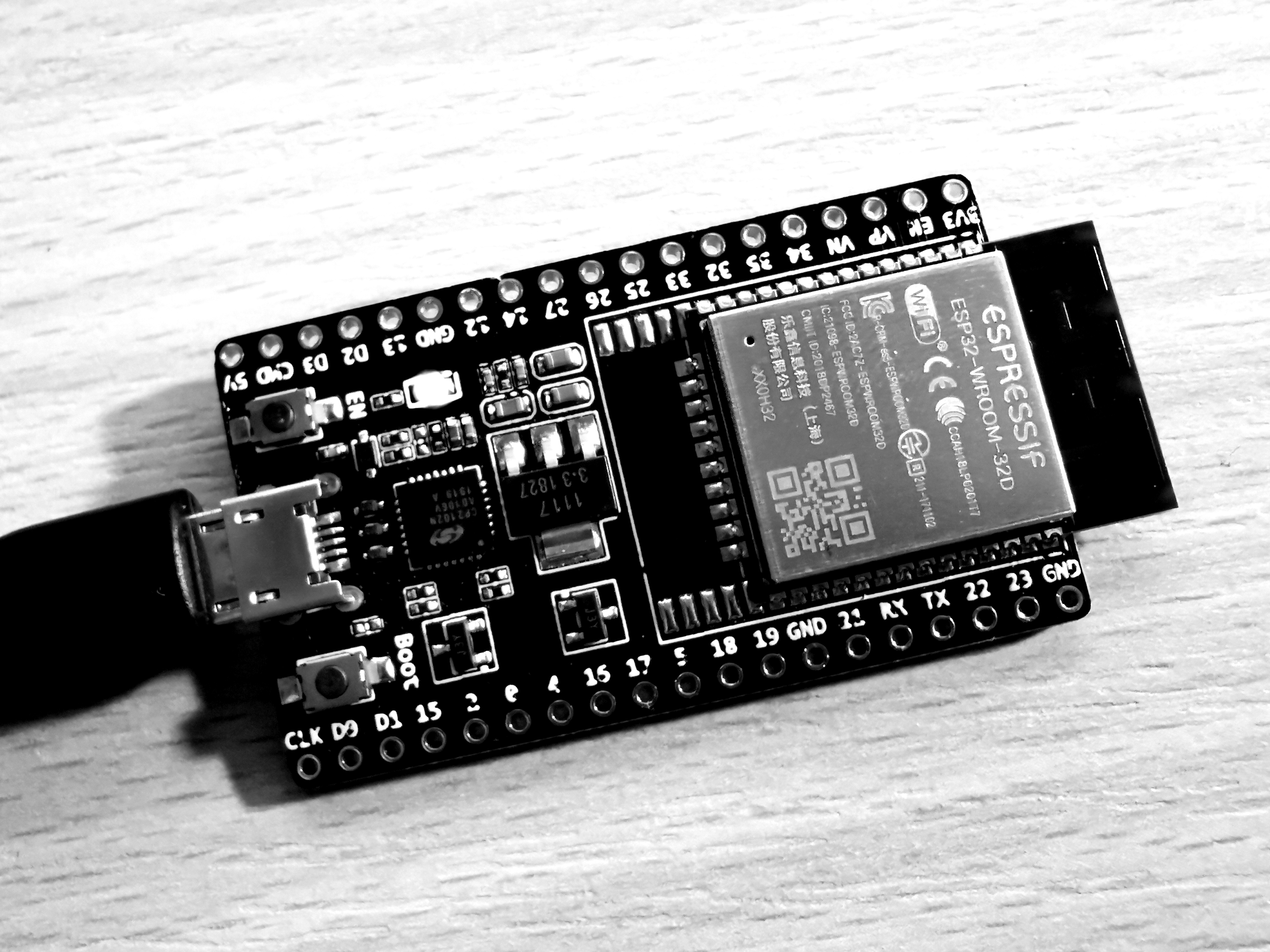

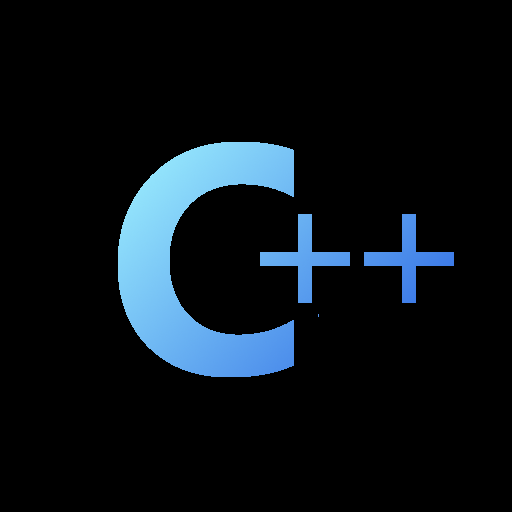




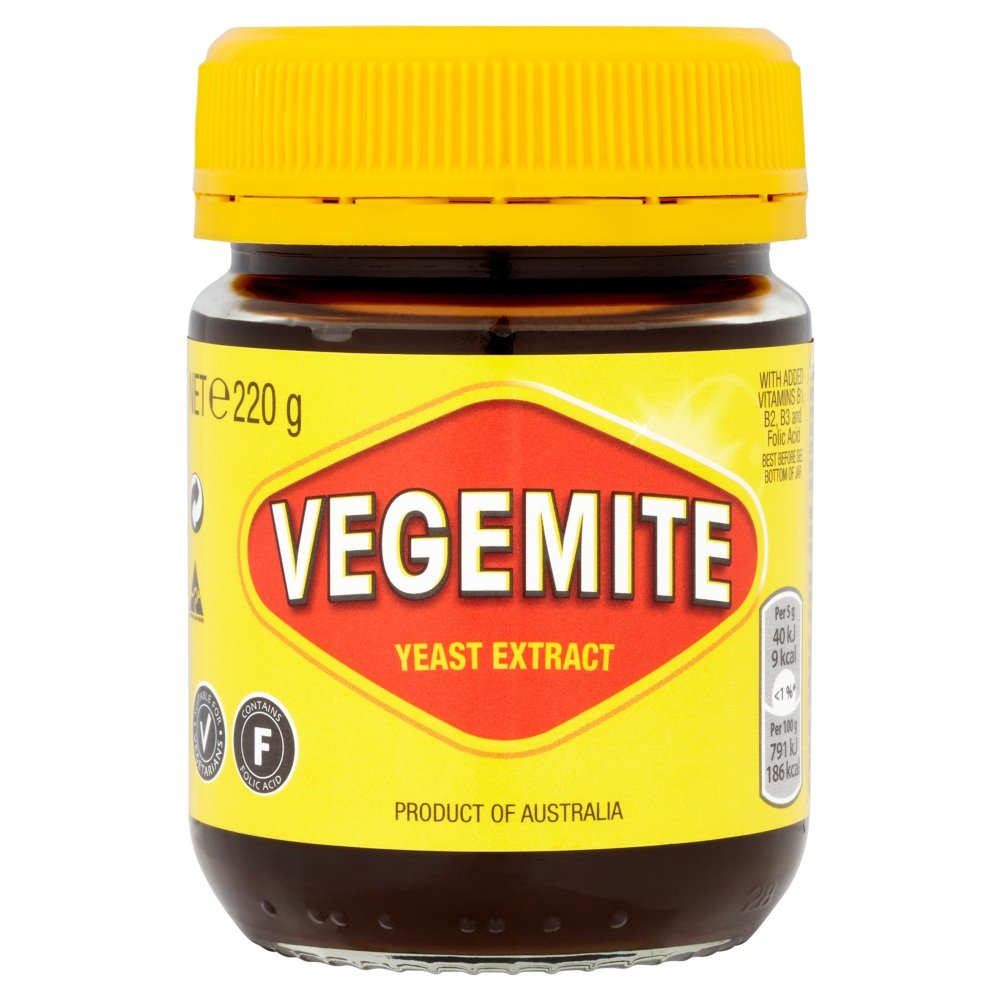
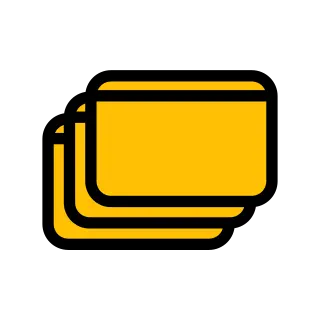
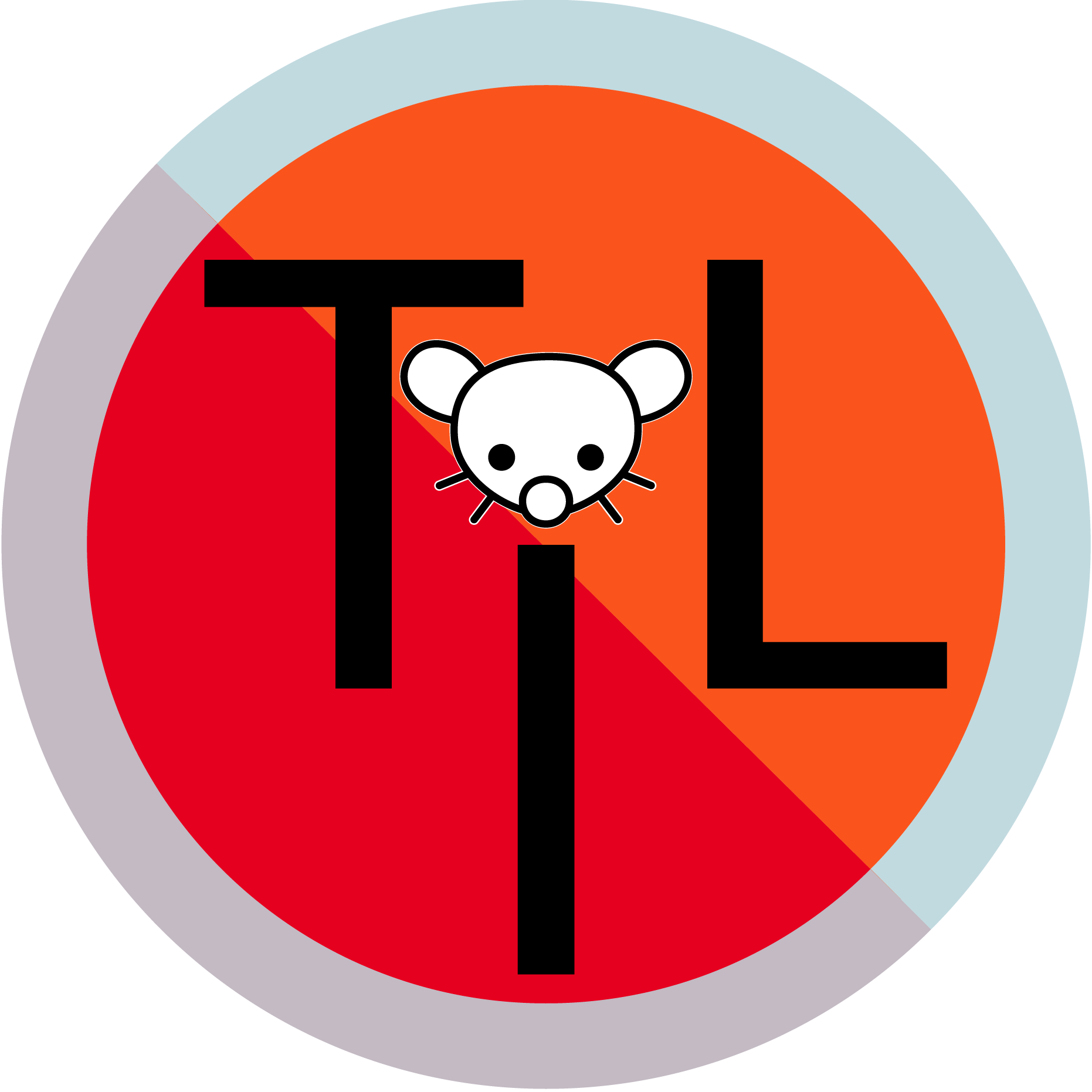




Just drop them. If it’s a drag to read, it fails as entertainment (or just not your type), and there is never a shortage of new material.